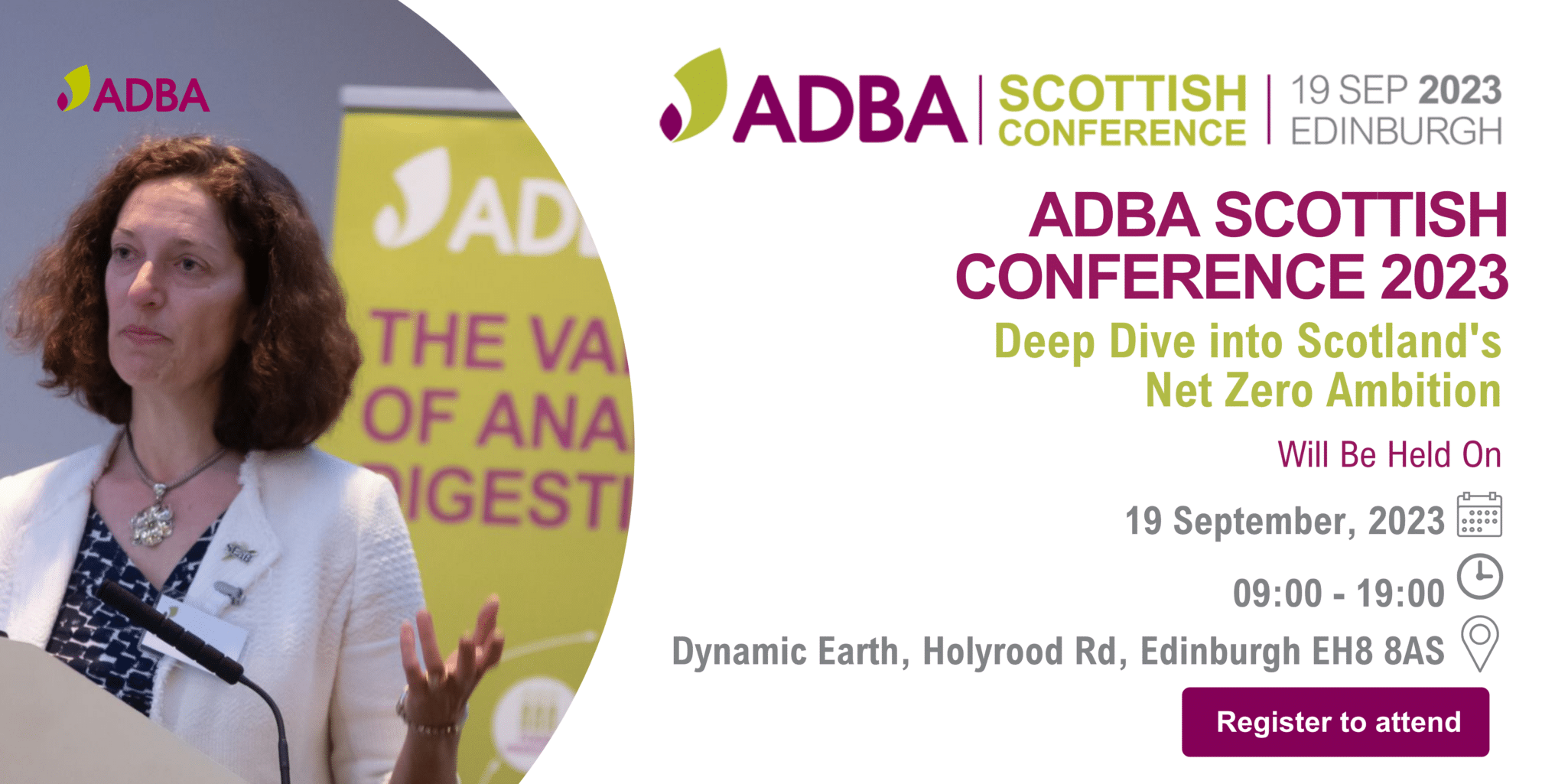The Environment Agency has updated its Resource Frameworks guidance, which will affect digestate management from…
Defra: Cross compliance guidance for 2023
Cross compliance guidance has been published by Defra for 2023; it aims to simplify the various rules that farmers who claim certain payments are expected to follow for 2023. Those who need to comply with cross compliance are farmers/ land managers who claim the following payments:
- Basic Payment Scheme (BPS)
- Countryside Stewardship (CS) agreements starting before 1 January 2021
- Entry Level Stewardship (including Organic Entry Level Stewardship and Uplands Entry Level Stewardship) agreements starting on or after 1 January 2007
- Higher Level Stewardship (including Organic Higher Level Stewardship and Uplands Higher Level Stewardship) agreements starting on or after 1 January 2007 – this includes extension agreements
- Farm Woodland Payments element of English Woodland Grant Scheme agreements starting on or after 1 January 2007
This blog post will summarise the guidance that is relevant to digestate users only. For full guidance, see the website: Cross compliance 2023 – GOV.UK (www.gov.uk)
The cross-compliance guidance is derived from the Statutory Management Requirements (SMRs) and the standards for Good Agricultural and Environmental Conditions (GAECs). Rules for digestate users come from the following:
| SMR1 | Nitrate Vulnerable Zones: ‘to reduce water pollution from nitrates by using and storing fertiliser and manure carefully in NVZs.’ |
| GAEC1 | Establishment of buffer strips along watercourses: ‘protect watercourses against pollution and run-off from agricultural sources by maintaining buffer strips.’ |
| GAEC7a | Boundaries: ‘Protect boundary features such as hedgerows (hedges), stone walls, earth banks and stone banks.’ |
Here are the rules and timings relevant to digestate users:
SMR Guidance
From the 1st of January 2023: You can apply organic manure with a high readily available nitrogen content (for example, slurry, poultry manures or liquid digested sewage sludge) to grassland and tillage land on shallow or sandy soils from this date if conditions are suitable and you adhere to the quantity restrictions for application of these manures. (SMR 1)
From the 1st of February 2023: You can apply organic manure with a high readily available nitrogen content (for example, slurry, poultry manures or liquid digested sewage sludge) to grassland and tillage land on all soil types from this date if conditions are suitable and you adhere to the quantity restrictions for application of these manures. (SMR 1)
From the 28th of February 2023: End of the quantity restrictions for application of organic manures with a high readily available nitrogen content. (SMR1)
From the 1st of August 2023: Start of closed period for applying organic manure with a high readily available nitrogen content (for example, slurry, poultry manures or liquid digested sewage sludge) to tillage land on shallow or sandy soils except where crops will be sown on or before 15 September. (SMR 1)
From the 1st of September 2023: Start of closed period for applying organic manure with a high readily available nitrogen content (for example, slurry, poultry manures or liquid digested sewage sludge) to grassland on shallow or sandy soils. (SMR1)
From the 16th of September 2023: Start of closed period for applying organic manure with a high readily available nitrogen content (for example, slurry, poultry manures or liquid digested sewage sludge) to tillage land on shallow or sandy soils which have been sown with crops on or before 15 September. (SMR1)
From the 1st of October 2023: Start of closed period for applying organic manure with a high readily available nitrogen content (for example, slurry, poultry manures or liquid digested sewage sludge) to tillage land on soils which are not shallow or sandy. (SMR1)
From the 15th of October 2023: Start of closed period for applying organic manure with a high readily available nitrogen content (for example, slurry, poultry manures or liquid digested sewage sludge) to grassland on soils which are not shallow or sandy. (SMR1)
GAEC Guidance
GAEC 1: Establishment of buffer strips along water courses
You must not apply organic manure within 10m of surface water or within 50m of a spring, well or borehole. However, the limit of 10m is reduce to 6m if you apply digestate (other than from a feedstock source of sewage or landfill material) using the following precision equipment:
- Trailing hose band spreader or trailing shoe band spreader
- Shallow injector which injects no deeper than 10cm below the surface
- Dribble bar applicator
GAEC 7a: Boundaries
You must not cultivate or apply fertilisers or pesticides to land within 2 metres of the centre of a hedge. Fertilisers include: inorganic and organic fertiliser, organic manures, lime, slurry, sewage sludge, anaerobic digestate, slag, trace elements, calcified seaweed and human waste (not a complete list).
For help or clarity, Defra urges you to contact The Farming Advice Service for free confidential advice. Call their helpline on 03000 200 301 or to find more information on GOV.UK, search for ‘Farming Advice Service’.



